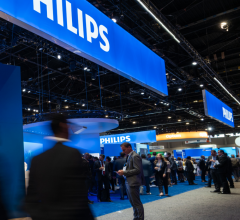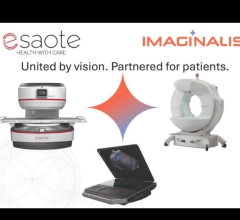July 1, 2009 — High doses, gadolinium-based MRI contrast agents alone are not sufficient to cause nephrogenic systemic fibrosis (NSF) in patients with kidney problems, according to a study performed at the Mayo Clinic Florida, Jacksonville, Fla.
Contrary to other research indicating NSF is caused by gadolinium-based contrast agents that are commonly used today during MR procedures, this new study, which is published in the June 2009 issue of the American Journal of Roentgenology, found contradicting evidence.
The study examined the records of 61 patients who had been given high doses — from two to 10 times the usual MRI dose. The patients were undergoing interventional procedures before there were any reports linking gadolinium to NSF. Just one of these patients, a 58-year-old diabetic man with end-stage kidney disease and significant blood vessel blockages, developed NSF.
The researchers concluded: “Although gadolinium exposure appears to be a necessary precondition for NSF, gadolinium-based contrast agents alone are not sufficient to cause the disorder, even in very high doses. Clinically relevant nephrotoxicity of gadolinium-based contrast agents was not found.”
Related Gadolinium Safety Concern Articles
Gadolinium May Remain in Brain after Contrast MRI
MRIs During Pregnancy Are Safe, But Gadolinium Scans May Increase Risk to Fetus
ACR Manual on Contrast Media Addresses FDA Gadolinium Safety Concerns
Study Finds No Association Between Gadolinium Contrast and Nervous System Disorder
For more information: www.ajronline.org


 December 10, 2025
December 10, 2025 









